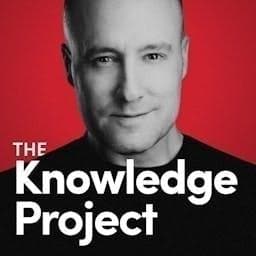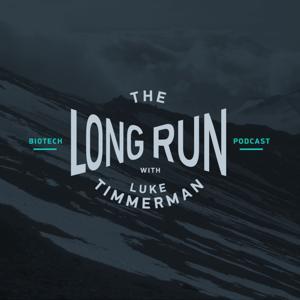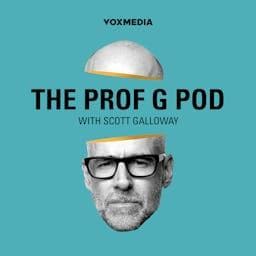Today we’re diving into the world of expression systems with Iskandar Dib, of Validogen and we’ll explore the remarkable potential of Pichia pastoris, a methylotrophic yeast that’s revolutionizing pharmaceutical protein production and beyond.
From industrial enzymes to biomaterials, food, feed, and diagnostics, Pichia offers a reliable, scalable, and cost-efficient platform for recombinant protein expression.
Iskandar explains how biotechs can unlock Pichia’s full potential through Validogen’s sophisticated tools and strategies, fine-tuning protein expression with innovative genetic approaches and robust screening systems to deliver unmatched yields and quality.
01:06 Why Pichia is often overlooked or underestimated
03:29 The basics of Pichia pastoris
05:25 How Pichia compares to microbial hosts like E.coli
08:14 Key advantages over mammalian cell systems
10:21 Pichia as a system for secreted production
11:30 Pichia and post-translational modifications
14:30 The challenges of working with Pichia
16:25 Strain optimization and genetic engineering
17:29 Meet Iskandar Dib and Validogen
19:03 The UNLOCK PICHIA platform
24:00 Real-world applications of Pichia pastoris in biopharma
27:19 When Pichia outperforms expectations
28:25 Adapting Pichia for emerging fields
30:23 Advice for those considering Pichia pastoris for protein expression
33:23 Learn more about Validogen
This episode is sponsored by Validogen.
Interested in being a sponsor of an episode of our podcast? Discover how you can get involved here!
Stay updated by subscribing to our newsletter
To dive deeper into the topic:
- Pichia case studies
- Unlocking Pichia for industry




































